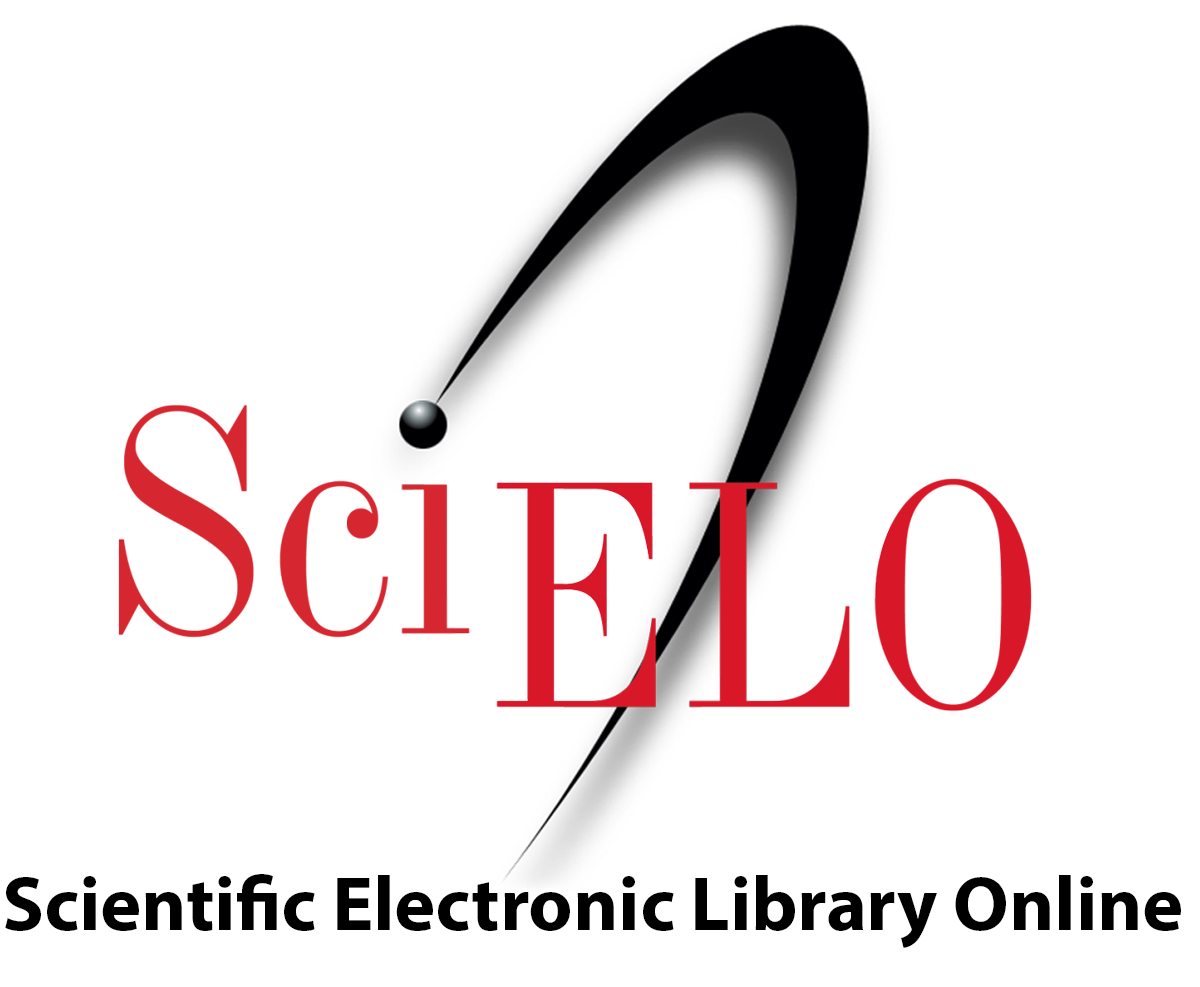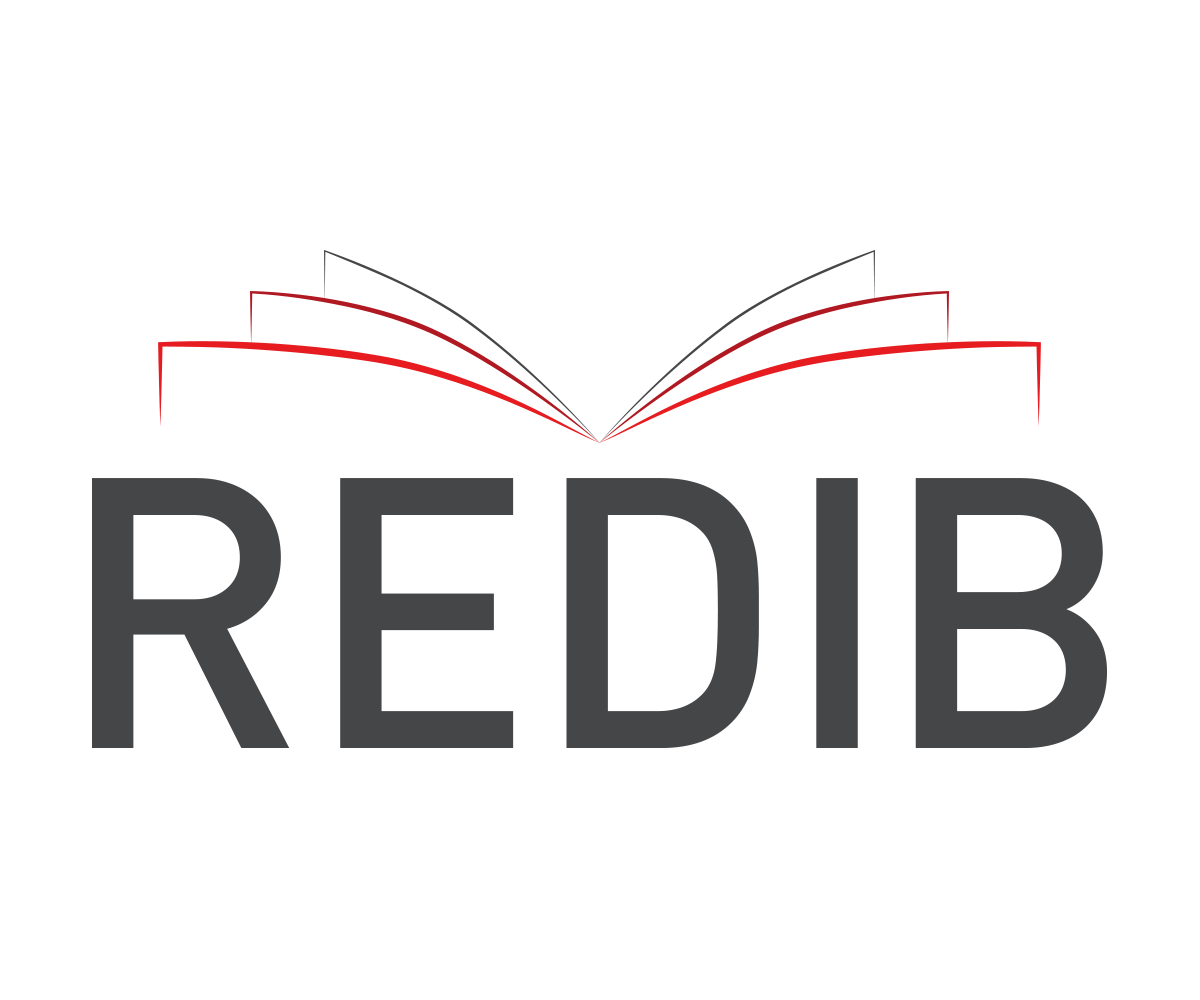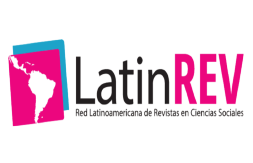Technologies for improving transparency
DOI:
https://doi.org/10.36791/tcg.v0i14.84Keywords:
Transparency, Technology, InformationAbstract
This paper analyzes transparency, and it looks the tools that technology of information that are making great advances in the efficiency and transparency in multiple fields. We should clarify that transparency is not something new, what is indeed new, is how it has been adapted into multiple professional fields, usually we think in transparency as a tool of government, but it is something much bigger. Through this work we get to see multiple examples of technologies that turn transparency into a tool for the continue advancement to offer advice through multiple fields, showing the benefits that it brings to other areas.
Downloads
References
Baraibar-Diez, E., y Luna, L. (2018). The mediating effect of transparency in the relationship between corporate social responsibility and corporate reputation. Revista Brasileira de Gestao de Negocios, 5-21. DOI: https://doi.org/10.7819/rbgn.v20i1.3600
Crain, M. (2016). The limits of Transparency: Data Brokers and commodification. Sage Journal. DOI: https://doi.org/10.1177/1461444816657096
De Oliveira Almeida, G., Cappelli, C., y Maciel, C. (2018). Organizational Transparency en Encyclopedia of Information Science and Technology. Brazil.
https://doi.org/10.4018/978-1-5225-2255-3.ch065 DOI: https://doi.org/10.4018/978-1-5225-2255-3.ch065
Institute of Medicine. (2000). To Err is Human. Washington: National Academy Press.
Král, P., y Cuskelly, G. (2018). A model of Transparency: Determinants and implications of transparency for national sport organizations. European Sport Management Quarterly, 18(2). Pp. 237-262. DOI: https://doi.org/10.1080/16184742.2017.1376340
Merlo, O. (2018). The benefits and implementation of performance transparency: The why and how of letting DOI: https://doi.org/10.1016/j.bushor.2017.09.007
your customers ‘see through’ your business. Business Horizons, pp 73-84.
National Patient Safety Foundation. (2015). Shining a Light: Safer health care through transparency. Boston:
NPSF.
Nunkoo, R., Ribeiro, M. A., Sunnassee, V., y Gursoy, D. (2018). Public trust in mega event planning institutions: The role of knowledge, transparency and corruption. Tourism Management, pp 155-166. DOI: https://doi.org/10.1016/j.tourman.2017.11.010
Smith, A. (2018). Prospect for a transparency revolution in the field of business history. DOI: https://doi.org/10.1080/00076791.2018.1439019
https://www.tandfonline.com/action/showCopyRight?scroll=top&doi=10.1080%2F000767 91.2018.1439019
Stevens, J. L., Spaid, B. I., Breazeale, M., y Esmark Jones, C. L. (2018). Timeliness, transparency, and trust: A framework for managing online customer complaints. Business Horizons, 375-384. DOI: https://doi.org/10.1016/j.bushor.2018.01.007
Tapscott, D., y Williams, A. D. (2010). Wikinomics: How Mass Collaboration Changes Everything. Portfolio. Don Tapscott, A. T. (2016). Blockchain Revolution: How the Technology Behind Bitcoin is Changing. Money, Business and the World.
Downloads
Published
How to Cite
Issue
Section
License
Copyright (c) 2020 Marco Antonio Ross Ibarra

This work is licensed under a Creative Commons Attribution-NonCommercial-NoDerivatives 4.0 International License.
La Revista Trascender, Contabilidad y Gestión se compromete a asegurar la confidencialidad y privacidad dela información personal que se capture en éste sistema de conformidad con los lienamientos editoriales de la Universidad de Sonora
La información será utilizada únicamente para fines editoriales, académicos y de investigación, notificándose de forma directa al usuario registrado en el sistema, con el alcance que el usuario establezca al momento de su registro.

























